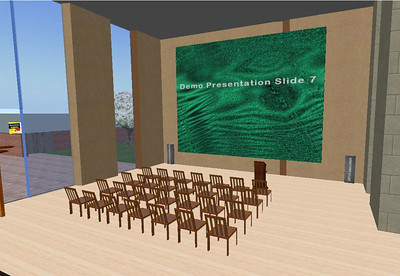Recent surveys of high school seniors show that fall enrollment plans are changing for the Class of 2024. The uncertainty regarding students’ pre-outbreak plans offer local colleges opportunities to increase their enrollment.
The CarnegieDartlet survey measured the impact of the COVID-19 pandemic by comparing pre- and post-outbreak survey responses. Among the notable findings are that 17% of respondents are “not at all confident that they can afford college.” This compares to 11% of respondents who answered as such prior to the pandemic outbreak in the United States. The surveys provide hints
College affordability is a huge issue among students at lower socioeconomic levels. A Cirkled In survey of 1,100 high school seniors revealed that nearly 70% of respondents worry that the pandemic will have a significant impact on their financial circumstances. One-quarter of respondents said that they would change the institution they attend due to the pandemic.
A survey conducted by Maguire Associates of 7,000 high school seniors revealed that 16% of respondents said they were reconsidering their first-choice institution in favor of one closer to home. 12% of respondents are considering delaying admission until 2021.
These surveys show the concerns that are on prospective students’ minds. Two things that high school seniors want is virtual tours of the campuses they’re considering, and personal contact with admissions counselors. Institutions that can provide these are more likely to win over undecided students.
While virtual tours are welcome, online classes are not. Students – both those already enrolled and those enrolling for the first time – almost unanimously dislike all-online class delivery. Additionally, many students say they’re unwilling to pay higher fees to enroll in online classes.
Pandemic may dent fall enrollment
In the Maguire survey, only slightly more than half of the respondents felt strongly or somewhat confident that they’ll be on campus in the fall. This may leave students looking for opportunities to continue making academic progress even if they can’t (or don’t want to) return to their own campus.
While some students do well in online classes, it is becoming very clear that most students don’t view online classes as equivalent to in-person delivery. To be fair, most students have been thrust into online class delivery mid-semester. Instructors were not prepared to offer online classes. Institutions may not have had the resources to offer a high-quality online experience. Some classes don’t lend themselves to online delivery. And students may have been limited by their personal technology or their Internet access.
Everyone can overlook the shortcomings of the winter semester, but students will not tolerate a similar experience in the fall. One thing the surveys make very clear: delivering the fall semester online will likely result in huge enrollment declines. Large numbers of students may attempt to wait out the pandemic by simply not registering for fall classes.
Additionally, if the delivery technology, course content and the overall learning experiences do not substantially improve, enrollment could decline even farther. These improvements must also include viable online delivery options for occupational education classes, which typically involve a lot of hands-on learning.
The pandemic provides the opportunity for the College’s vastly expanded administrative staff to demonstrate its value. If WCC enters the fall semester without a solid plan for delivering all of its courses, or the administration intends to reproduce the students’ Winter 2020 experience, the administration will have squandered WCC’s opportunity to be a meaningful participant in the economic revitalization of post-COVID-19 Washtenaw County.
Photo Credit: June Power, via Flickr











